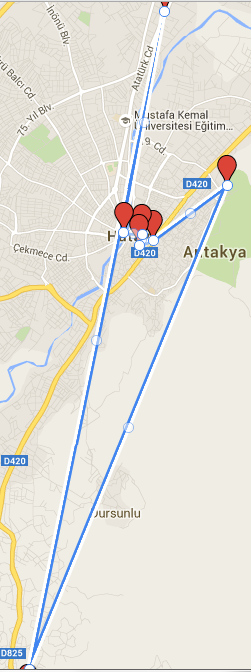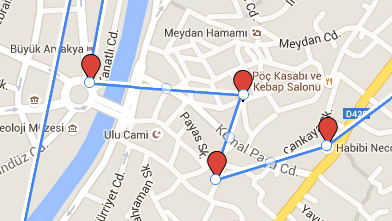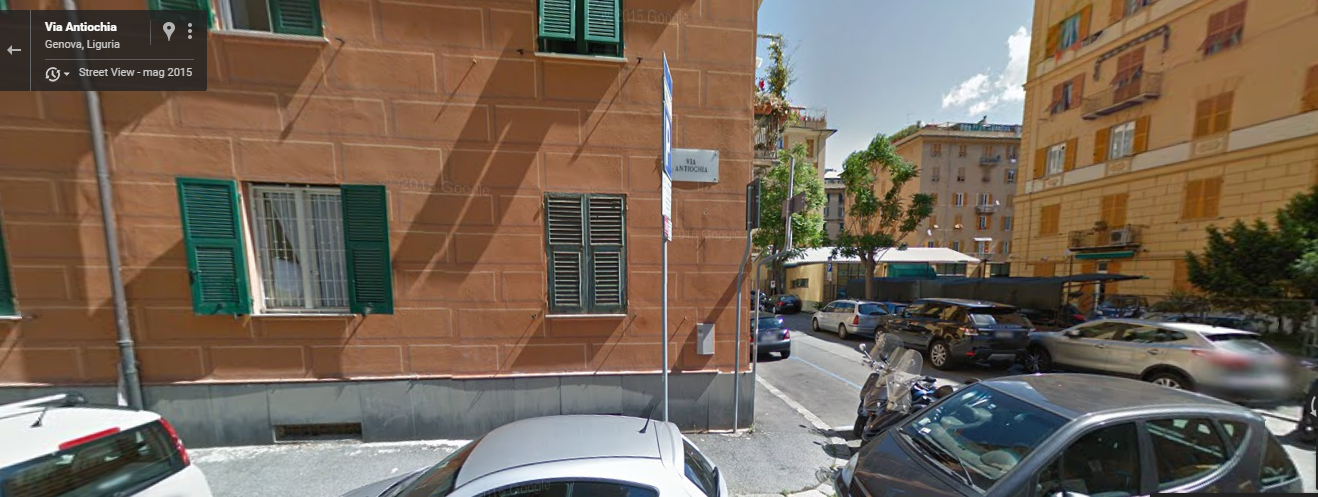The itinerary:
 |
 |
| The whole walk |
The center of the town |
We walked along our town with our teachers and this is what we visited:
Italian students prepared a short summary of the historical contacts between Genova and Antakya (Antiochia in Italian).
This is what they wrote.
"Genoa was a very important maritime republic for most of the crusading period, when a few Genoese decided to support the crusaders in 1097. Some years later, after the successes of the First Crusade (1096-1099), the support was given to the crusade movement by the association known as the Compagna Communis and was wider. The Compagna was originally a voluntary association of citizens who were opponents of the existing town authorities, made up of very active Genoese merchants, as well as members of noble families who had emigrated from Genoa’s hinterland (It. contado) to the city and invested their wealth in merchant ventures there. Getting more and more powerful, the Compagna developed into a commune and determined the political and economic course of the city so in Genoa there was both private involvement of individual citizens, as well as a more official public engagement in the crusades.
Those Genoese who became involved in the First Crusade on their own initiative did business not only in supplying the crusaders with food, but also actively participated in the sieges and conquest of cities such Antioch in 1098 and Jerusalem in 1099, using their ships to bring supplies and providing siege equipment constructed from ships’ timber. In doing so Genoese crusaders did not lose sight of either their own business dealings or the wider economic interests of Genoa itself. As the price of their assistance they obtained for themselves and their fellow citizens concessions for future trade at centers of potential economic interest, such as the city of Antioch (1098).
By the time that the survivors of this group returned to Genoa (1099/1100) the Compagna had been established, and this association subsequently took over the organization of almost all the Genoese assistance for the new Frankish states that were still establishing themselves in Syria and Palestine. The communal government decided on the size of nearly all the fleets that were sent to the East after the capture of Jerusalem (1099) in order to provide support for the Franks and also to secure an advantageous position for Genoese commerce.
Today in Genoa there is a street named Antiochia, remembering the contacts between the two cities."
